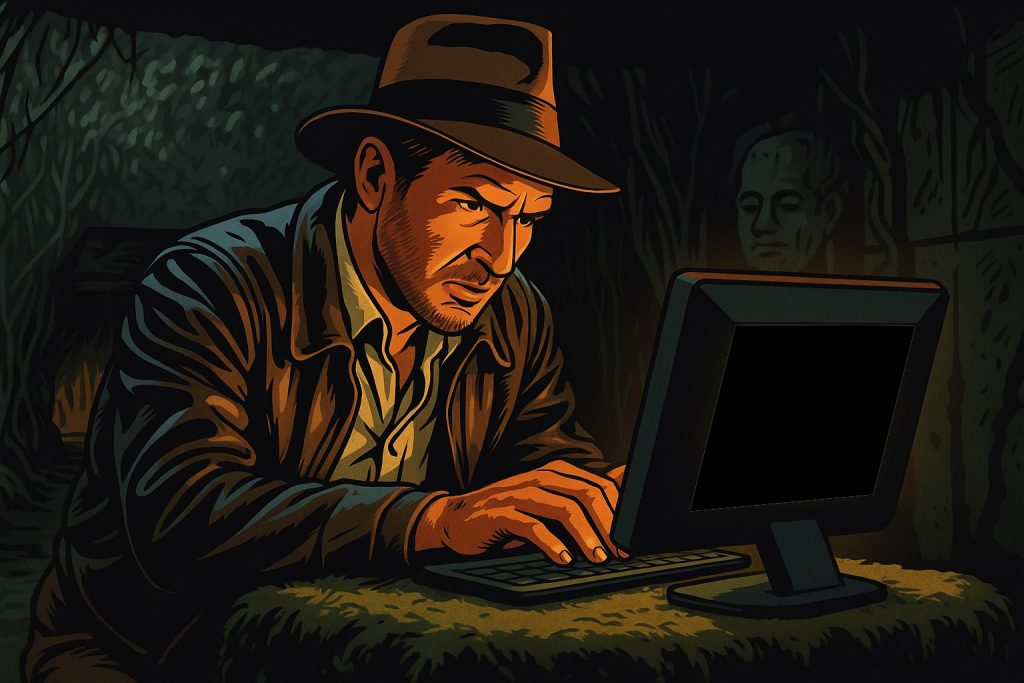Photoshop Isn’t Magic, Kid: This Logo Belongs in a Museum
Updated: September 26, 2025 • By Lena Shore
Filed under: Logo Design, Print Design

The email came with an attachment called logo.jpg. I opened it. The file was 200 pixels wide. About the size of a fingernail on screen. The client’s note: “Can you sharpen this up for a ten-foot banner?”
I wrote back: “This logo is too small to enlarge.”
They replied: “Try anyway.”
I knew it wouldn’t work, but I blew it up anyway—mostly to show the new intern why you can’t argue with math.
Once enlarged, the sleek curves broke into blocky stair-steps. The text collapsed into a blur. If I squinted, it looked like something faxed in 1992, then photocopied three times.
Eventually, after going back and forth by email, I decided it would be faster to argue by phone.
Me: “This isn’t a logo anymore. It’s just a pile of blurry squares.”
Intern: “Can’t you just hit the sharpen button, or clear it up in Photoshop? That’s what it’s for, right?”
Me: “Do you have a better logo to work from?”
Then I heard the boss in the background: “Don’t forget, this is due tomorrow.”
At this point the intern started sounding panicky. They rattled off problems with the logo that included missing files, trashing a backup, a broken keyboard, and a hot cup of coffee. It was difficult to follow, but it was clear I wasn’t getting a better logo.
Then I heard the boss again: “Don’t argue with them. If they say it won’t work, it won’t work. Ask if she can make a new one.” The intern went quiet, then mumbled, “I just thought Photoshop was, you know… magic.”
Later I told them: “Don’t worry. When I was new, I wouldn’t have known any better either.”
Relieved to have the go-ahead, I rebuilt the logo from scratch. Photoshop wasn’t the tool for this. Adobe has a bazillion programs (okay, 20+), and this job called for another one. I started with a sketch over the low-resolution image provided. From there I created basic shapes and merged them into more complex ones. I found a typeface that matched the old logo and converted it to outlines. Once a black-and-white version was done, I built the color version by sampling from their website and converting the values from RGB to CMYK for print.
I created the logo in color, black/white, and white/reverse. While I was at it, I put together a quick branding sheet with color codes for web and print, along with the names of the typefaces. I exported everything in multiple formats to complete the final logo package. The result was a suite of files that could scale from a business card to a billboard and look sharp at any size.
The fix wasn’t magic software. It was recreating it the right way—and that’s why it worked.
When the banner went up, it looked flawless. The client got their ten-foot logo. The 200-pixel file retired with dignity.
You can stretch pixels, or you can redraw them. Only one of those survives ten feet tall.
You told that logo story and no end product pics!
You have to show a before and after on a story like that.
I considered it and decided I didn’t want to embarrass anyone. (:
Bravo, master. Teach them one-by-one.
Best name ever! LOL.